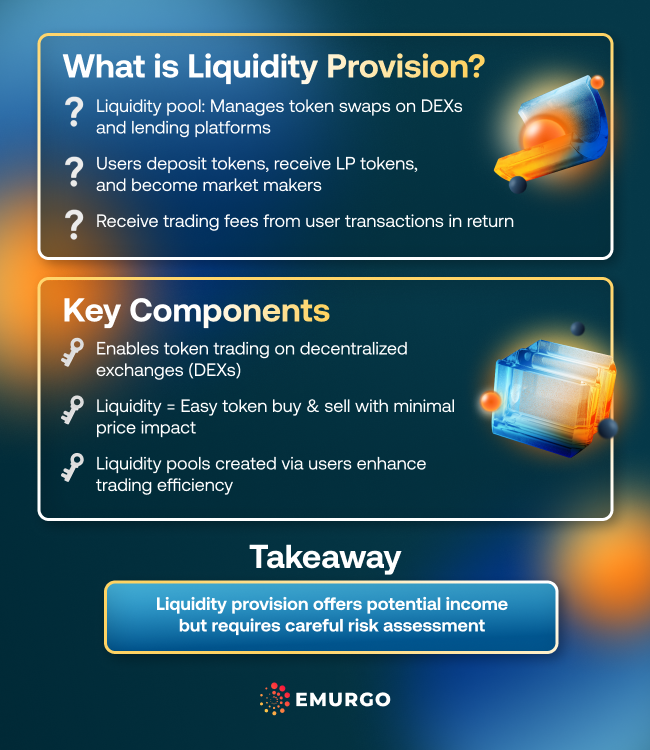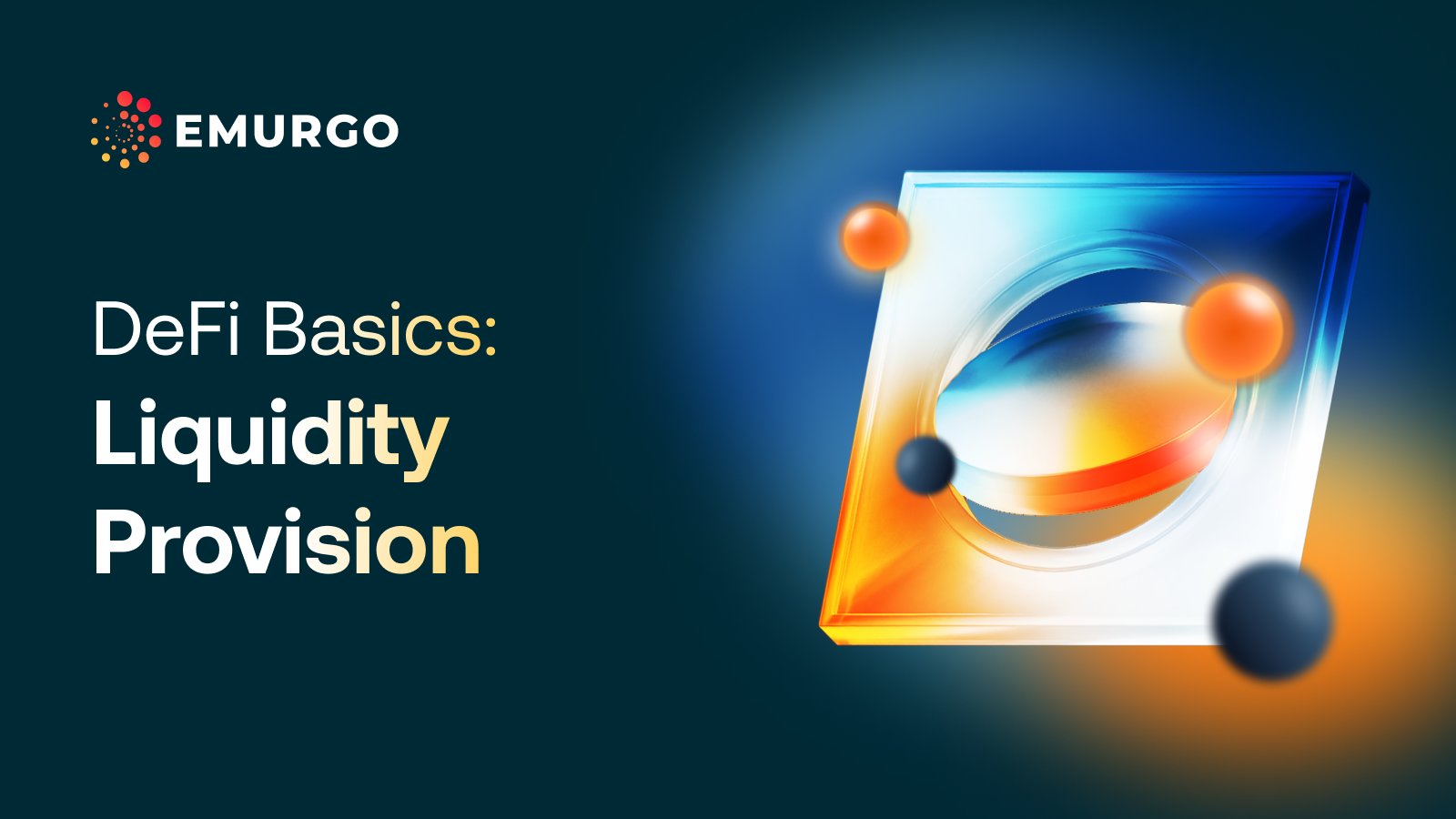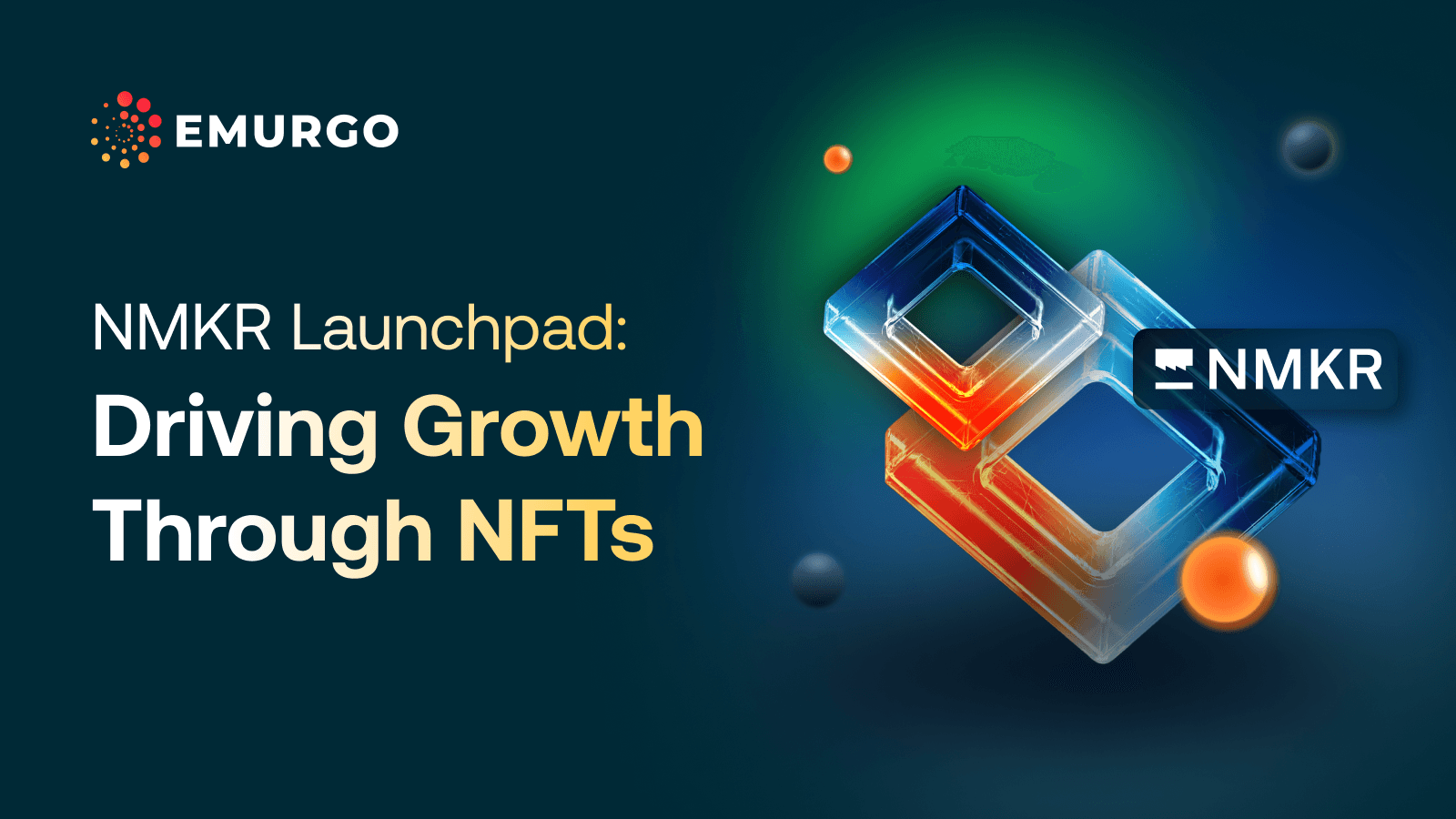Our “DeFi Basics” blog series gives readers an explanation of basic fundamental DeFi (decentralized finance) components such as DEXs, yield farming, and more, to have a better grasp of DeFi. In this blog, we will discuss the concept of liquidity provision which provides a new way for regular people to interact with financial markets using decentralized blockchain technology and DeFi dApps.
Liquidity provision is a concept that underpins the entire DeFi ecosystem. It’s the main engine behind DEXs (decentralized exchanges) and enables crypto tokens to be traded on the market at large. The importance of this cannot be understated and anyone learning about DeFi needs to first understand this principle.
Many of the projects or dApps (decentralized applications) that work in DeFi could not do so without liquidity, yet few understand much of its particularities.
Let’s discuss this below.
Token trading on a decentralized exchange (DEX) is a process where individuals exchange digital assets, or tokens, directly with one another, without the need for a central authority or intermediary. In a DEX, trading is facilitated by smart contracts on a blockchain, which automatically execute trades based on predetermined criteria. The liquidity of a token in a DEX is a critical factor that influences this trading process.
Liquidity refers to the ease with which a token can be bought or sold without causing a significant impact on its price. High liquidity means there are enough tokens available for trading, allowing for smoother and faster transactions with minimal price slippage. On the other hand, low liquidity can lead to larger price fluctuations and make it difficult for traders to execute large orders without affecting the market price.
Liquidity pools, often created by liquidity providers who deposit their tokens into a smart contract, are a common solution to enhance liquidity. These pools facilitate efficient token swaps by ensuring there is always a supply of tokens available for trading. The health and depth of these liquidity pools are thus crucial for the effective functioning of a DEX and for maintaining stable trading conditions.
Related reading:
- Here are 5 real business use cases for DeFi
- What is yield farming in DeFi?
- What are synthetic assets in DeFi?
Liquidity provision happens when a user deposits a cryptocurrency into a DeFi protocol, that allows other DeFi users the possibility to swap a pair of tokens on demand. By providing assets to a DeFi protocol, the original user is rewarded in the form of fees collected by the project at large.
In most common designs the depositor has to provide a 50/50 supply of the tokens in the trading pair. Other types of liquidity ratios exist, but the vast majority of the DEXs out there still require a 50/50 mix. The tokens provided are deposited in something called a liquidity pool.

A liquidity pool is a smart contract that manages the swap of tokens deposited to it. Liquidity pools are the basis for the workings of DEXs and also lending marketplaces.
The users who deposit tokens to a liquidity pool are called liquidity providers. The liquidity providers receive liquidity pool tokens (LP tokens) which represent their share of ownership over the liquidity pool. The LP tokens are used to track the shares of users, withdraw their funds, and calculate the fees the protocol has to pay to each one.
More related reading:
Anyone can be a liquidity provider. It has opened market making from an activity reserved for a few people to everyone willing to participate.
The first DeFi protocol to create liquidity pools was Bancor, but later popularized by Uniswap who made liquidity provision permissionless. On Cardano, there are several popular DEXs and lending marketplaces such as Minswap, SundaeSwap, Wing Riders, Lenfi, Spectrum Finance, and many others.
From the perspective of the liquidity provider, what’s the engine behind profit-making?
At first, this seems like a very straightforward question. The liquidity provider makes money from the fees of other users trading in the pool.
Now as we’ll see, that is not such a simple question.
What is impermanent loss?
In short, impermanent loss is a temporary loss of value that is experienced by the liquidity provider in a pool. It can be thought of as the difference between keeping a token against providing liquidity with that token. This often happens in DEXs where a liquidity provider has to lock a pair of tokens in a ratio of 50/50. In the most simple example, one of the tokens is volatile in relation to the other. For example, in an ADA/iUSD liquidity pool of a mix of 50/50.
If ADA goes up in value, the ADA is taken from the pool by users buying the cryptocurrency, for the pool to remain at 50/50, the price of ADA in relation to iUSD has to increase. This results in a situation where profit comes from the asset that appreciates. In our case, ADA is not captured by the liquidity provider, because the ADA has been removed from the pool and replaced with iUSD. Every time ADA is removed, the price increments. But that’s not enough to compensate for the changes. If the user had kept all the ADA, the user would be in a better position.
At this point, if the liquidity provider decides to withdraw their liquidity, the remaining amount of ADA and iUSD, the impermanent loss becomes permanent. If the user leaves the liquidity as is, and let’s say that ADA falls back to the original price, then the loss is erased.
What is a short gamma option?
A Short Gamma Option is a type of financial instrument that bets the price change between two assets won’t be significant. If the two assets locked in the option have not moved in price over some time, then the option is profitable.
It’s a rare type of option in traditional markets, but one very common in DeFi. If we think about it, liquidity providing to a DEX is a Gamma Option. If the two tokens remain without any drastic price changes, the liquidity provider gains profit from fees and experiences no impermanent loss.
For example, let’s think of a liquidity pool with two stablecoins Djed/iUSD. Both of these tokens are pegged to the U.S. dollar, so the price changes between them won’t be large over some time. There is no risk of impermanent loss.
In this case, the liquidity provider never worries about one of them appreciating versus the other. So, for this type of liquidity pool, the fees earned are an almost risk-free revenue source. This is a successful Short Gamma Option.
Anytime anyone provides liquidity is making this bet that the two assets won’t change in price vis a vis each other, and the fees will provide the profit. In the case of utility tokens, that’s rarely the case, so providing liquidity can be a risky financial instrument.
Liquidity provision can still be a great way to make income from DeFi. However, users have to analyze the risks of impermanent loss associated with the trading pair. Otherwise, they can find themselves in a situation where providing liquidity makes them less money than just holding onto the tokens.
Seeking to learn more about and discuss DeFi with industry experts?
EMURGO’s DeFi workshop is an excellent opportunity to mingle and learn with fellow finance and business professionals about the emerging world of DeFi and blockchain technology.
EMURGO and the Institute of Blockchain Singapore are hosting a 2-day workshop on DeFi in early 2024 with speakers from EMURGO, EMURGO Academy, Coinbase Singapore, and more DeFi-related projects.
The workshop will provide attendees with a fundamental understanding of DeFi, enabling you to prepare for DeFi’s growth, participate in the DeFi ecosystem, and also contribute to its evolution.
For more workshop information including dates and registration info, please visit the official registration page here.
About EMURGO
- Official Homepage: emurgo.io
- X (Global): @EMURGO_io
- YouTube: EMURGO channel
- Facebook: @EMURGO.io
- Instagram: @EMURGO_io
- LinkedIn: @EMURGO_io
Disclaimer
You should not construe any such information or other material as legal, tax, investment, financial, or other advice. Nothing contained herein shall constitute a solicitation, recommendation, endorsement, or offer by EMURGO to invest.



